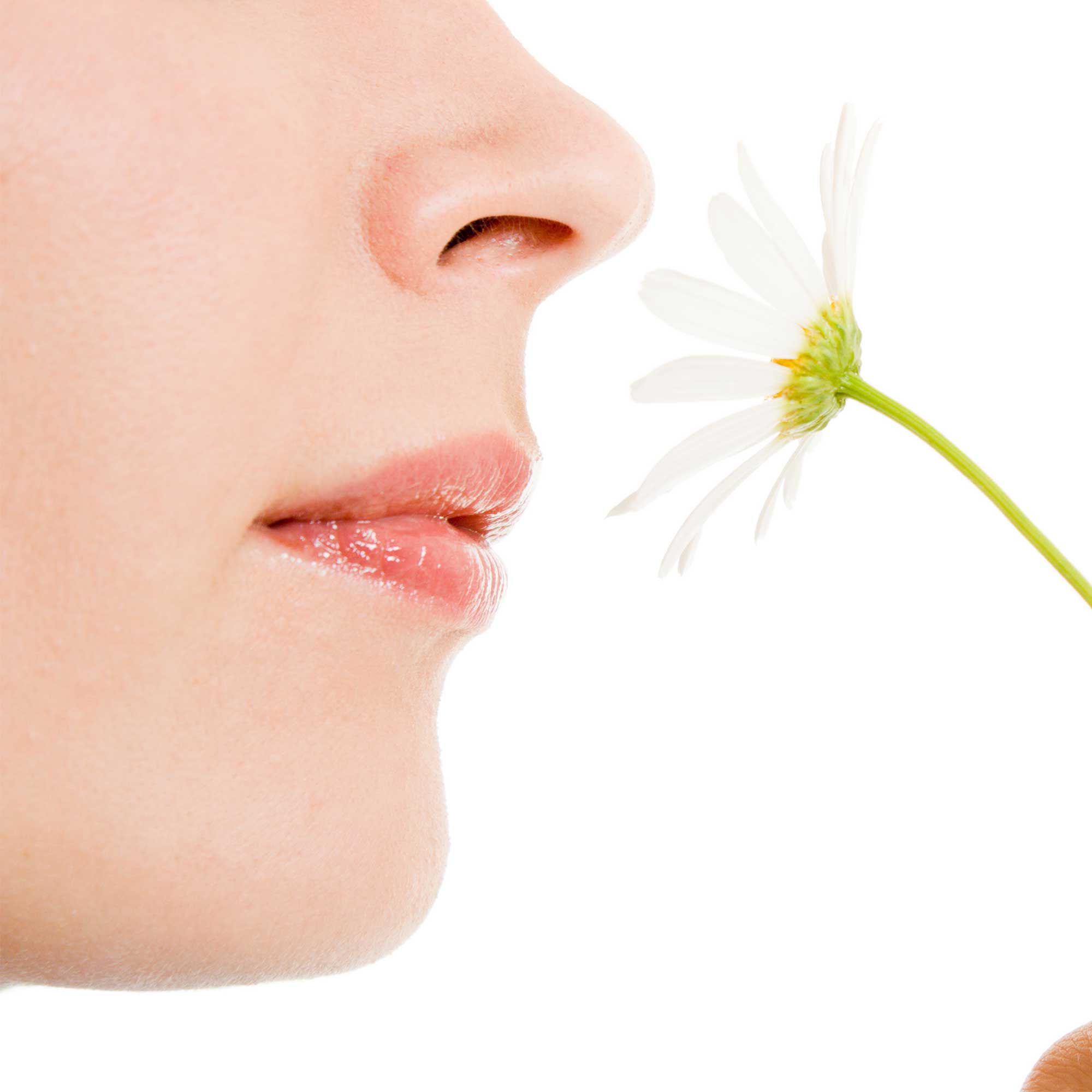There’s nothing like going back to your roots and as this is our thirtieth year of trading, what better than to take a look at the history of scent.
The term ‘scent’ is often used alongside, or instead of, the terms ‘fragrance’ and ‘perfume’, but these can mean different things. A scent can be both natural (i.e. the scent of flowers) and man-made, whereas a ‘fragrance’ or a ‘perfume’ tend to mean man-made products.
Obviously, natural scents have been around for as long as the world has – the religion v science debate aside, it’s a fairly safe bet to say that even the dinosaurs enjoyed the smell of the sea or the rain on damp ground (as well as dung and noxious bogs, of course). There are many natural scents that we all enjoy without even being aware of them, and scientists through time have made use of such scents, later combined with synthetic ingredients, to create fragrances and perfumes to enable us to smell them in unique, longer lasting ways.
The History of Scent | Perfume & Fragrance Across the World
Perfumes have been popular for thousands of years – the ancient Egyptians prized their perfumes and were known as the world leaders in the international perfume trade. Scents such as Susinum and Cyprinum were the most popular, with many containing myrrh and cinnamon as core ingredients. Perfumes were typically stored in alabaster bottles, often with ornate detailing – it was classed as a precious substance; so much so that when Julius Caesar was victorious at the Battle of the Nile in 47BC, he threw bottles of perfume to the crowd during his triumphant return to Rome. Records show that the ancient Egyptians believed perfume to be the sweat of the gods!
The ancient Greeks were also keen perfume aficionados, with many named after Greek goddesses. Both men and women wore perfume and believed certain scents improved health and vitality. Perfume was used for important ceremonies as well as elaborate bathing rituals.
There are also records of a lady called Tapputi dating back to the second millennium BC, known as the world’s first chemist. Located in Babylon, Mesopotamia, she is recorded to have created perfumes using flowers, oil and calamus, added to water/other solvents and distilled.
Fast forward to the reign of King Louis XIV (1647-1715), and perfume was well established, both in France and the world over. His court was known as ‘la cour parfumée‘, which saw the king demand a different fragrance for every day. Given he was reported to have only had 3 baths in his entire lifetime, it’s probably a good thing he was so keen on smelling good! His shirts were perfumed with ‘Aqua Angeli’ and he ensured that visitors were also sprayed with perfume upon entering the palace.
Perfume Creation
The perfume was typically made by combining and boiling flower petals, herbs and spices and soaking them into a carrier oil, such as olive oil. Imported spices gave an extra, exotic element to local scents, such as pepper, cinnamon and ginger. Some ingredients are still popular today, including jasmine, honey and Madonna lilies.
When synthetic ingredients were introduced in the late 19th century, these changed the game – suddenly, perfume could become an everyday pleasure instead of an occasional luxury, as fragrances could be mass produced and sold at affordable prices.
Modern Perfumery & Fragrances
Big names such as Coco Chanel, Coty and Guerlain all entered the game in the 1800s-early 1900s. Many of our favourite scents today originate from small perfume shops across the world, although France has been the birthplace of a significant number of brands including Guerlain, Givenchy, Yves Saint Laurent Parisienne and Paco Rabanne.
Even in 2018, new and exciting fragrance combinations are still being created, and with perfume constantly in the top three items to buy someone as a gift, perfume houses have to be on top of their game to keep up with new trends. 2018 is said to be all about fresh, green fragrances that boast their eco-credentials, with oriental scents a popular choice.
From our perspective, we’re all over being “green” – our sustainable scent technology uses no batteries, no propellants, no aerosols, no harmful solvents, no HFCs and the products using the technology are VOC exempt. They are a truly safe solution for your aircare needs.




